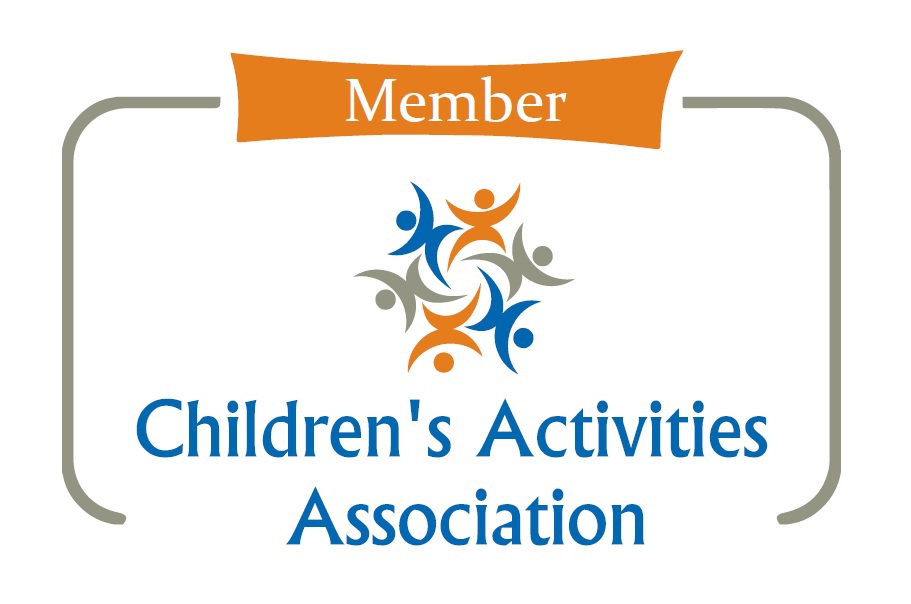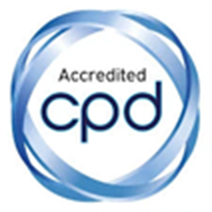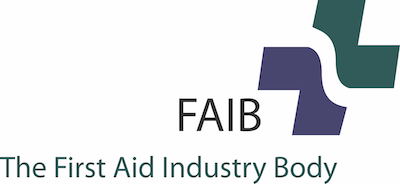This week we are shining a light on a condition known as craniosynostosis (sometimes known as misshapen head). It’s a rare condition affecting around 1 in 2000 babies, but important to know about should you or a loved one or friend ever be faced with the condition. As well as finding out what it is and what to look out for, we speak to our Cambridgeshire franchisee Anna about her family’s experience of craniosynostosis which affected her son, Nathaniel.
What is craniosynostosis?
It’s a condition where a baby’s skull does not grow properly, resulting in an unusually shaped head.
How would I know if my baby had craniosynostosis?
It’s really important to point out that babies’ heads come in all shapes and sizes and some can look unusual! However, as Anna (below) found out, this can make getting a diagnosis of craniosynostosis quite difficult. It can also lead you to second guess yourself and wonder if you’re maybe exaggerating your concerns or worrying unnecessarily.
Some of the signs to look out for with craniosynostosis are:
· A “pointy” or “triangular” looking forehead.
· A long, narrow head that might look like a rugby ball.
· One side of the head may be flattened or the opposite – bulging outwards.
· The fontanelles disappearing before your baby turns 1 – this is the soft spot on the top of their head, a diamond shaped patch where the skull bones haven’t yet fused together and a smaller soft patch at the back of the head.
There may also be other symptoms such as:
· Sight or hearing loss.
· Learning difficulties.
· Breathing issues.
· Missing teeth or teeth that look too “crowded” together.
If it’s a mild case, the craniosynostosis might not be noticeable until your child is quite a bit older.
When should I consult my GP about craniosynostosis?
As we always say at Mini First Aid, you know your little one best and if you have concerns, trust your parental instinct and get them checked out. Sometimes you may need a second opinion, as Anna did (story below). Visit your GP if you notice problems with vision or hearing, or if your child experiences excessive snoring at night, as these could point to craniosynostosis. Also visit your GP if you have worries about the development of your child’s head as it grows in terms of shape or size, or if something looks aligned incorrectly.
How is craniosynostosis treated?
Treatment usually involves surgery of varying degrees, but this depends on symptoms and age. Your child might also need more frequent sight and hearing tests, and potentially help with speech and language or specialist dental treatment.
Anna and Nathaniel’s story
Anna was keen to share her family’s experience in order to help anyone else on their journey with craniosynostosis.
We asked Anna to tell us a little bit about her pregnancy with Nathaniel:
“Nathaniel is our second child, we also have an older child, Sofia. He was born in December 2010. I had a normal pregnancy, apart from some very unpleasant morning sickness! Looking back, there was mention during one of our routine scans that our baby’s head was small. But this wasn’t enough to warrant any further investigations and we weren’t particularly worried because everything else was fine.
I had a normal, uncomplicated birth although he was in a back-to-back position, and Nathaniel arrived six days over his due date.”

When did you first have concerns about Nathaniel?
“As soon as Nathaniel was born we noticed that one eye stayed partially closed. His eye didn’t fully open until about 24 hours after birth. In the following weeks we felt that his forehead was a bit of a funny shape and his face was very asymmetrical.”
Did those concerns worsen as Nathaniel got older Anna?
“Yes - as he grew in the first few months, his head became more of an abnormal shape. One side of his forehead became increasingly flat and the back of his head was also flatter on one side. It was difficult to notice at first because he had a mass of beautiful dark hair. But we could feel the difference every time we touched his head or washed his hair. His eyes were also slightly misaligned. I remember getting his first passport photos taken as a baby, looking at them afterwards and realising what a strange shape his face was.”
What did you do Anna?
“At first we just mentioned it in passing during our regular health visitor and GP check-ups. Everyone we spoke to suggested he had just got a bit ‘squashed’ during birth as he was a fairly big baby. They told us it was nothing to worry about and would correct itself.
Every time our concerns were dismissed, it became more frustrating. As Nathaniel grew and his abnormal shaped head became more apparent, we were more convinced something wasn’t right.”
How did you feel when your concerns were getting ignored Anna?
“It makes you second guess yourself and wonder if you are making a big deal about something you shouldn’t. We started to feel a bit defeated but at the same time increasingly worried that no one was taking it seriously. I wondered if his head was being affected by the way he was sleeping, but I couldn’t work out why that would be happening. At this point, I had never heard of craniosynostosis and it was never mentioned to us.”
We often tell parents at our classes to trust their judgement and seek a second opinion . . .
“That is exactly what we did and it’s one of the reasons I love my Mini First Aid classes as it’s a really important message to get out there. Eventually we ended up seeing another GP. He was so helpful and most importantly had an awareness of craniosynostosis. He took the time to listen and agreed straight away that something wasn’t quite right. He made an immediate referral to the Craniofacial Unit at our local hospital. We were really relieved that the problem had finally been acknowledged.
We went for our first appointment at the hospital and a CT scan of
his head was planned. Following the scan it was confirmed
that Nathaniel had right coronal synostosis. There are different types, but on
a basic level this meant the side of his head was affected.” 
What treatment did Nathaniel have to have?
“I was prepared to be told he would have to wear one of the helmets I had seen other babies wearing to reshape his head. I was thinking to myself that it wouldn’t be too bad, it would be difficult but we’d manage it. We were not at all prepared to learn that the only way to help him was to perform surgery. This would involve reshaping and repositioning pieces of his skull. It was a huge prospect and a complete shock. It was almost too difficult to comprehend it all at first.
We saw so many specialists and had a lot of tests! It was overwhelming. We also had the logistics of planning time off work, care for our daughter, and also worrying if he was going to pick up an infection just before surgery which would mean it would be cancelled. It was a very difficult time.
The surgery took nearly six hours, the longest six hours of our lives. Eventually, we were told he was out of surgery and we were allowed to see him in the High Dependency Unit. He was surrounded by drips and drains and kept sedated, but we were able to sit with him. All the staff were just amazing with both Nathaniel and us and he received the very best care. We were lucky that his recovery was uncomplicated and he was home within the week.”
How is he now Anna?
“Nathaniel is now an active, bright thirteen year old. He’s a black belt in karate, which is something that seemed quite impossible all those years ago. He’s had lots more appointments, scans and check-ups since his surgery, but otherwise lives a very normal life!”

Finally Anna, what advice would you give parents who are
reading?
“I always tell parents in my classes to trust their instincts with their children and to get them checked out if they are causing them concern. I’m very glad now that we pursued our concerns about Nathaniel. It can be difficult and frustrating at times, but we do know our own children best.
Also, I would say to any families who are perhaps facing the prospect of surgery or difficult treatment for their children to take it step by step. It can sometimes seem insurmountable. But even little children can be more resilient than we imagine and you will get through it and come out the other side.”
Anna, thanks so much for sharing this, it has been really interesting to find out all about craniosynostosis and hopefully this will help another family recognise the signs of this rare condition.
All the best, Mini First Aid x
Sources: NHS UK







